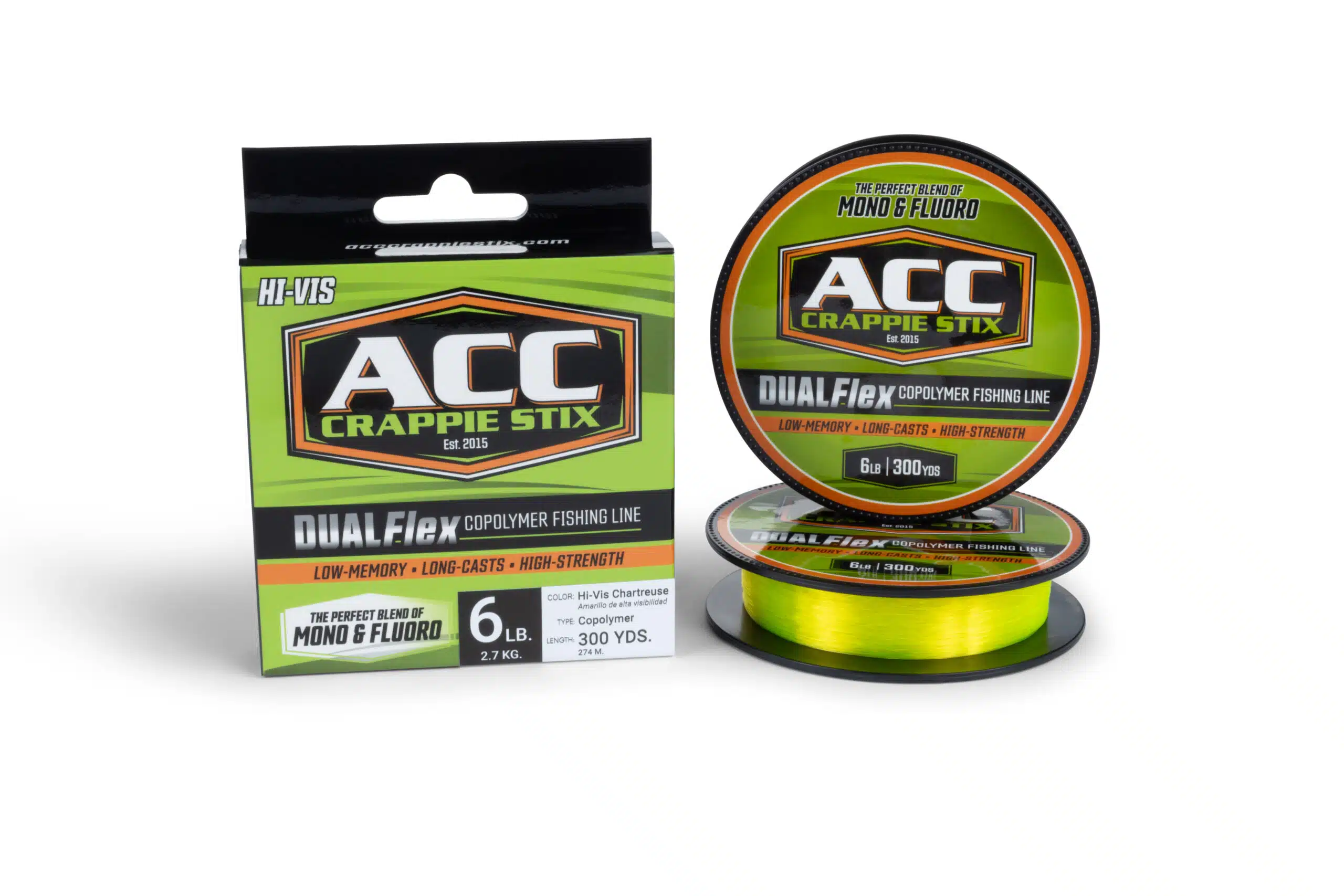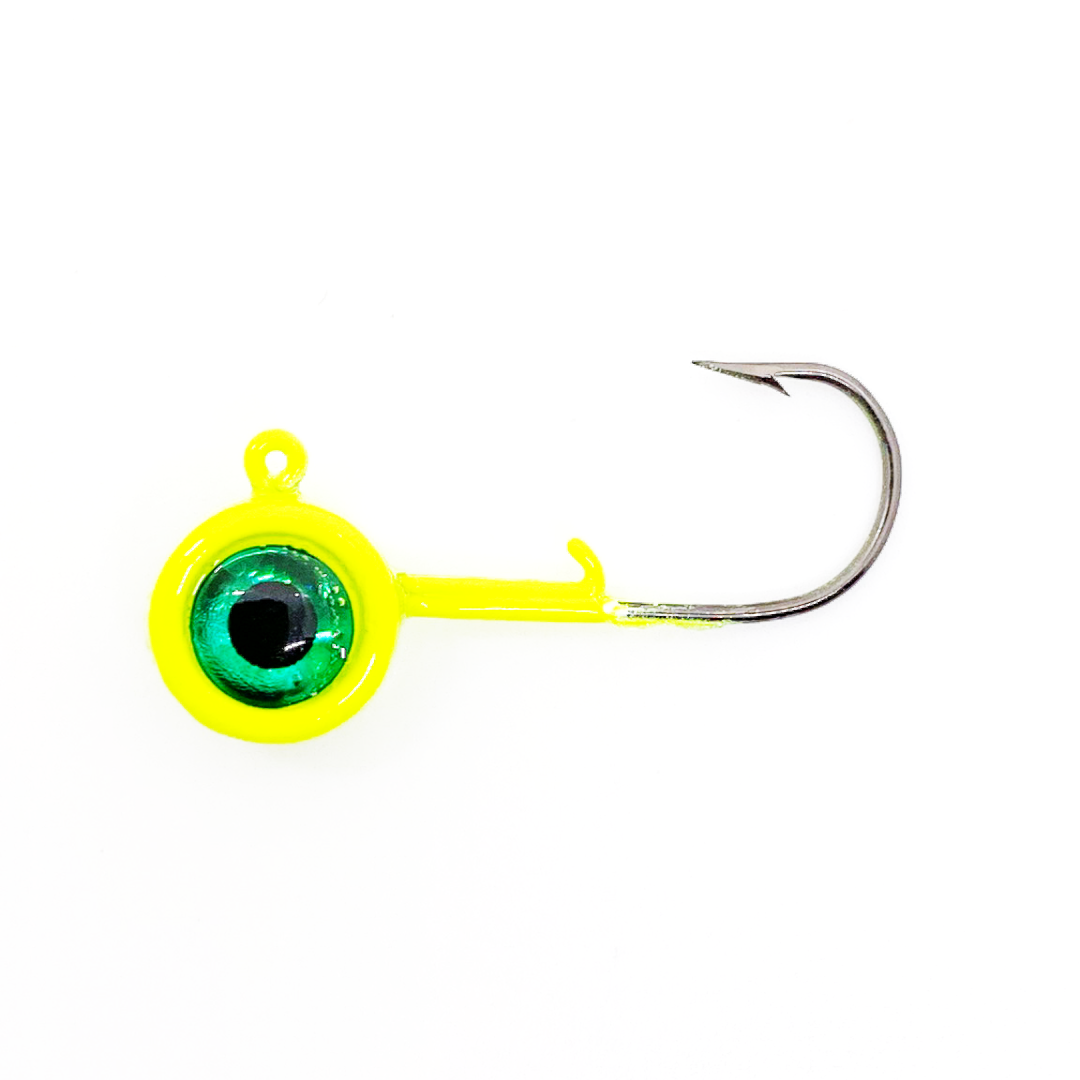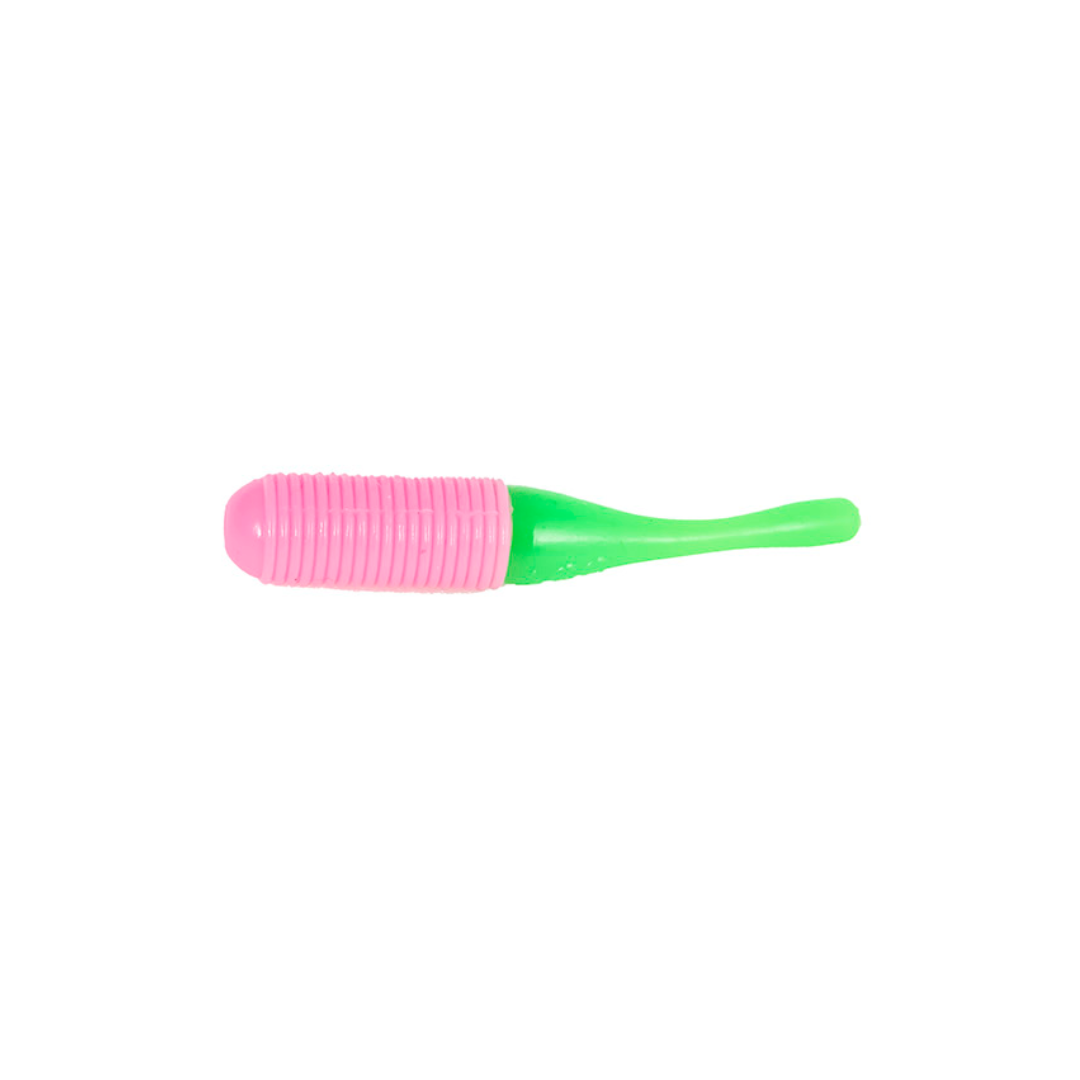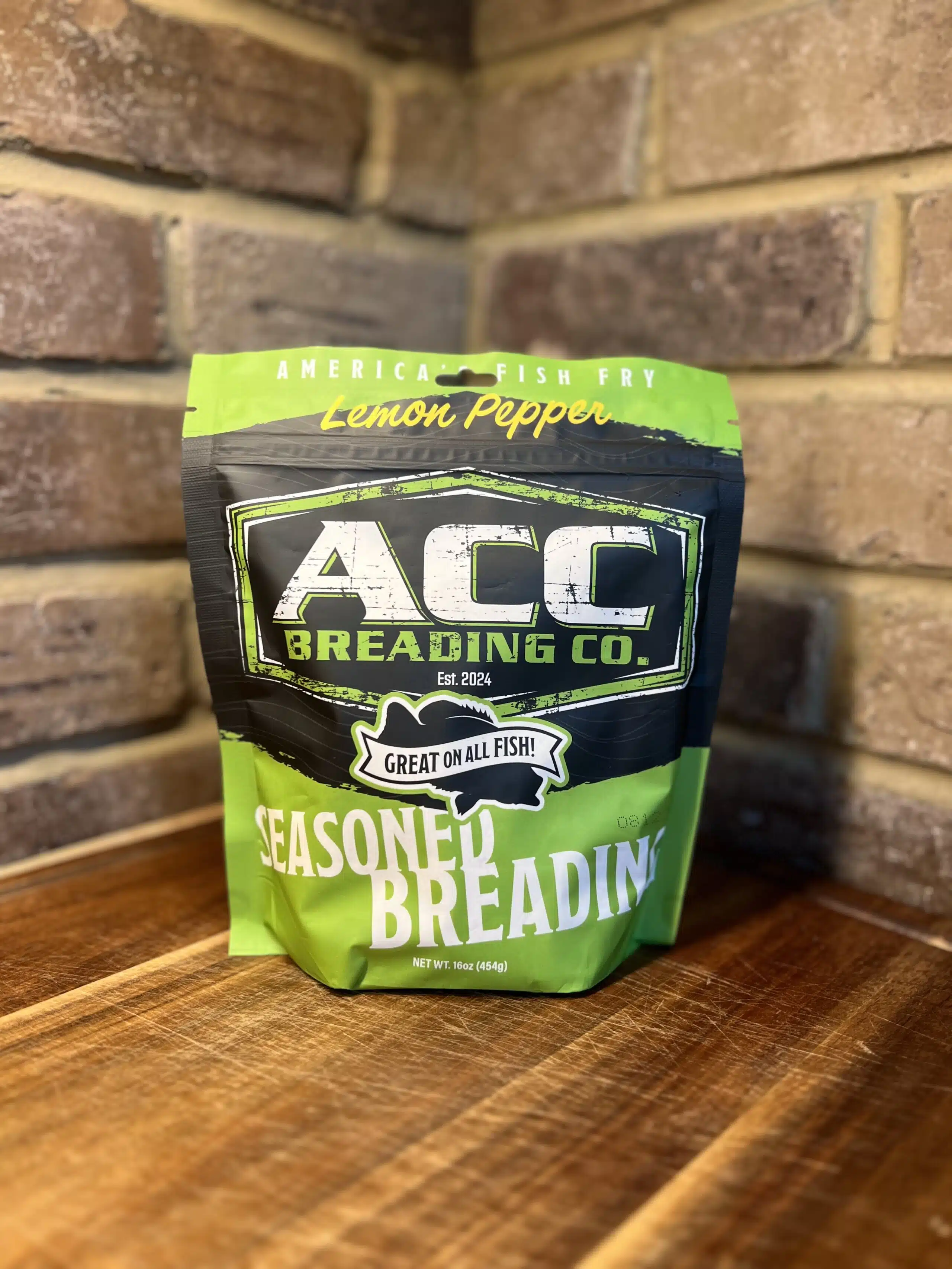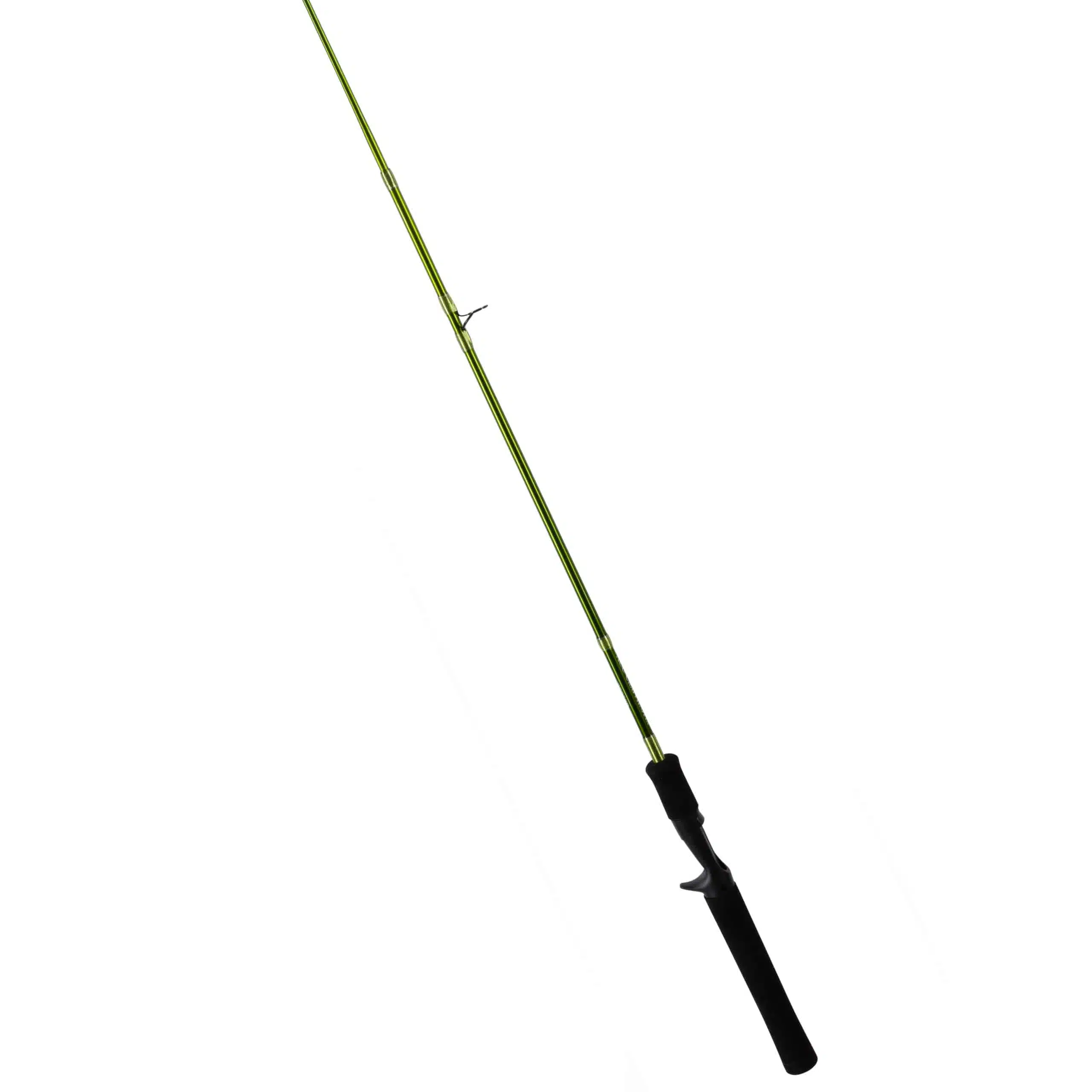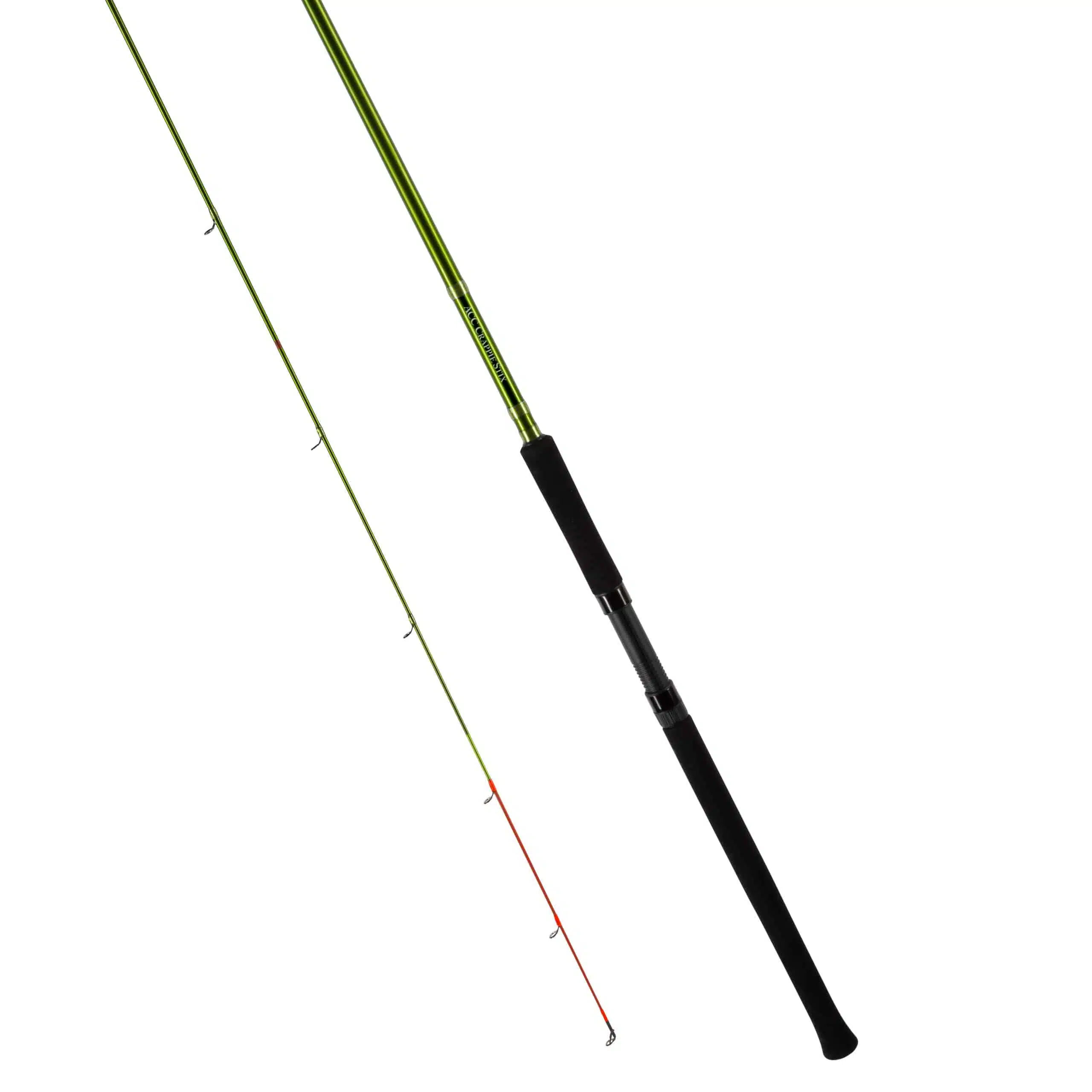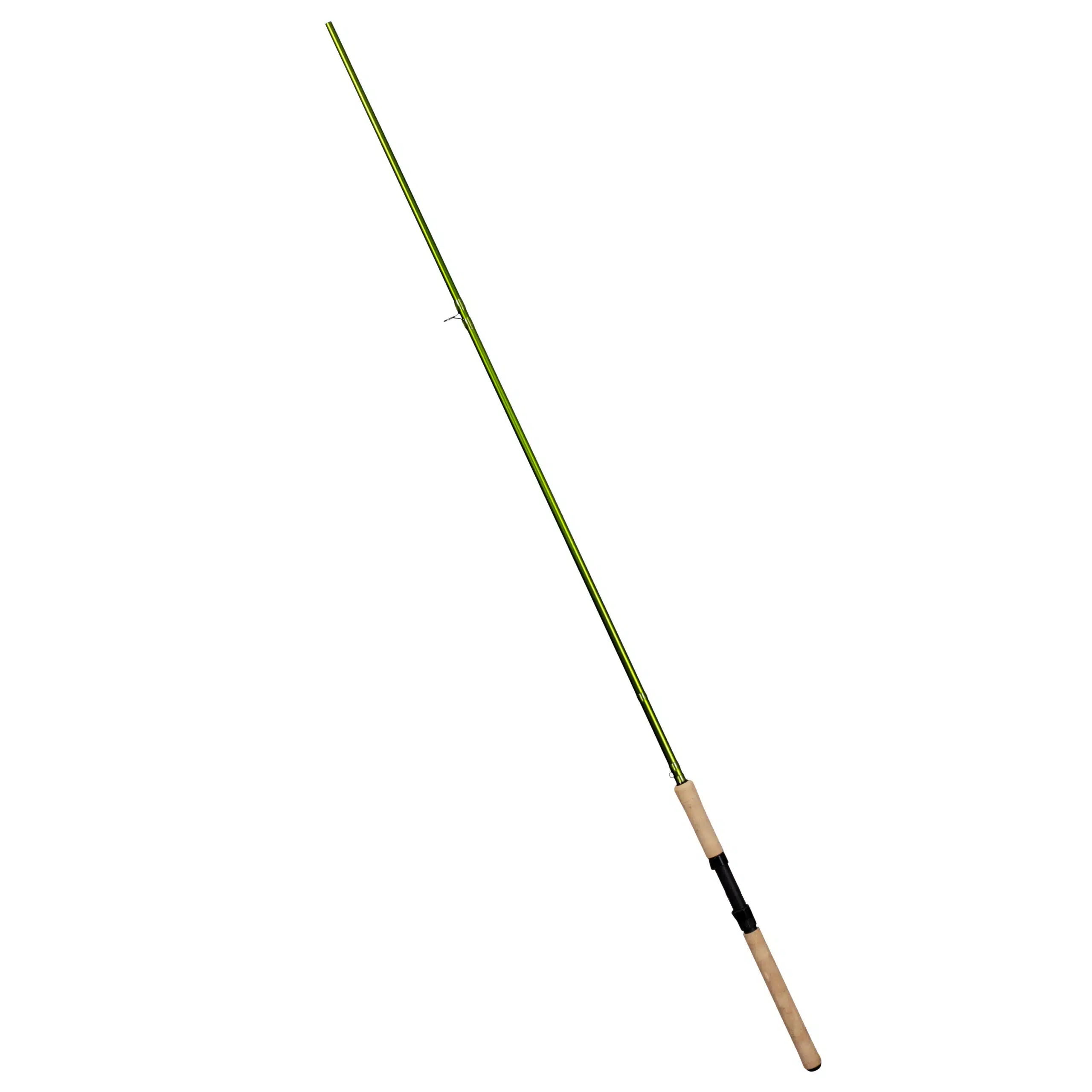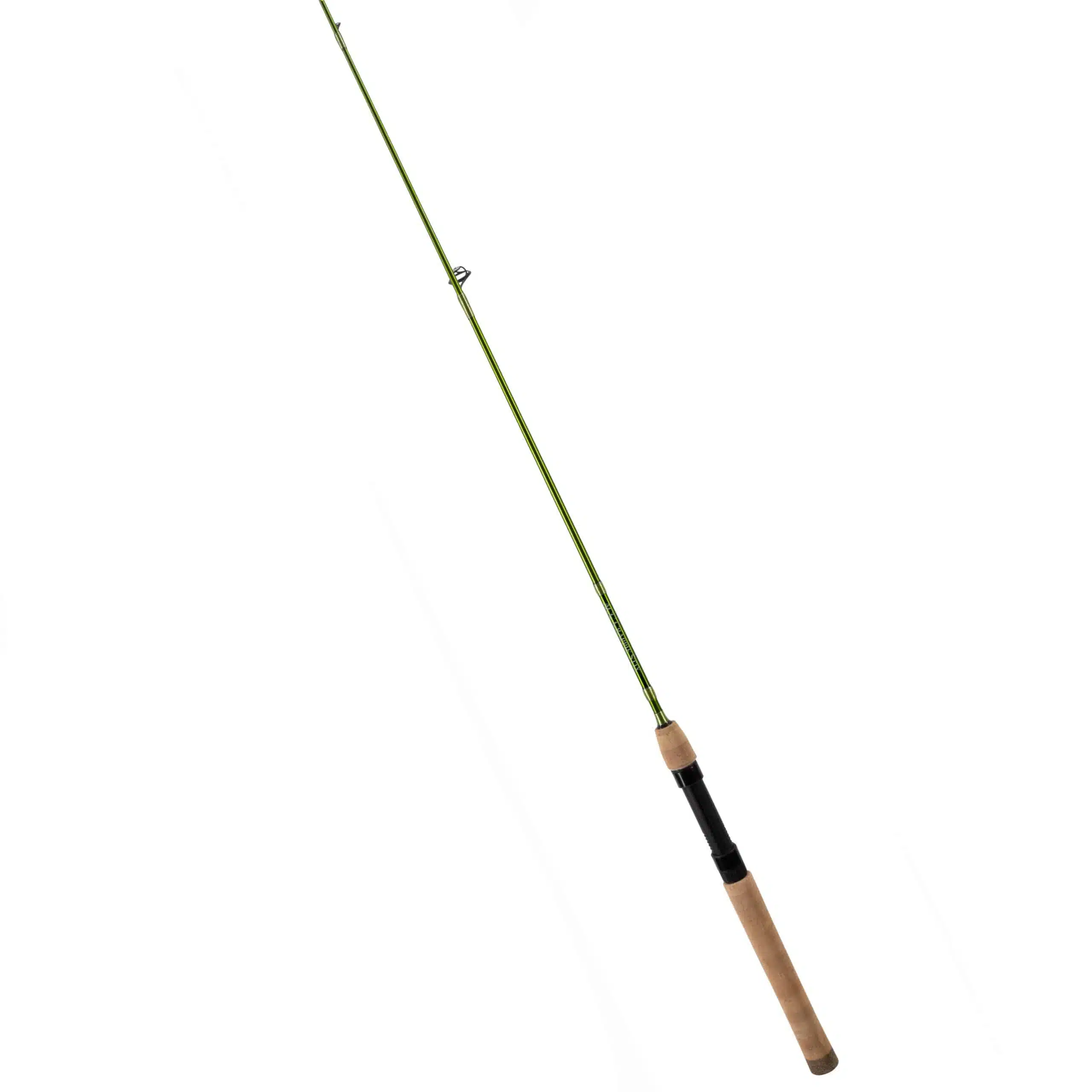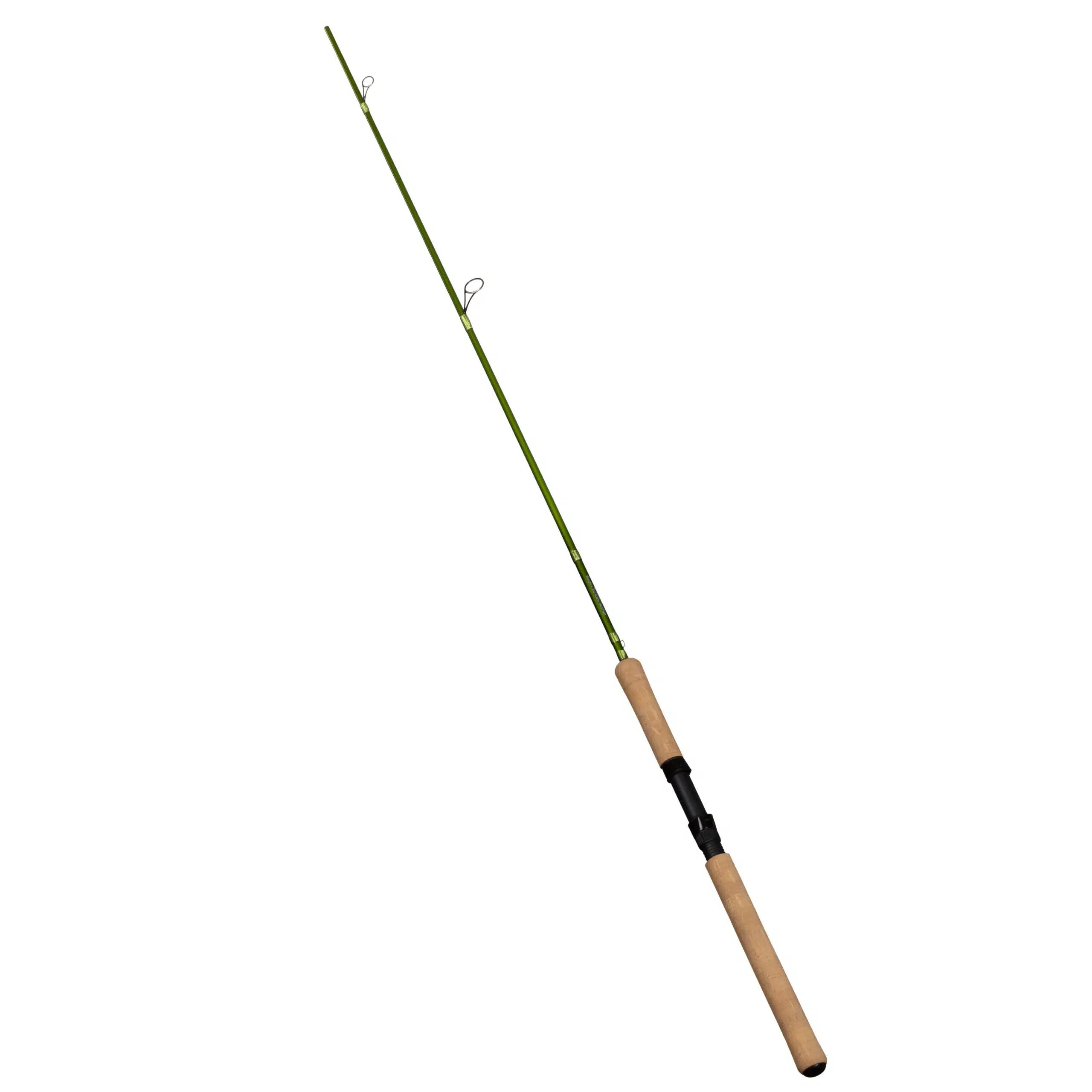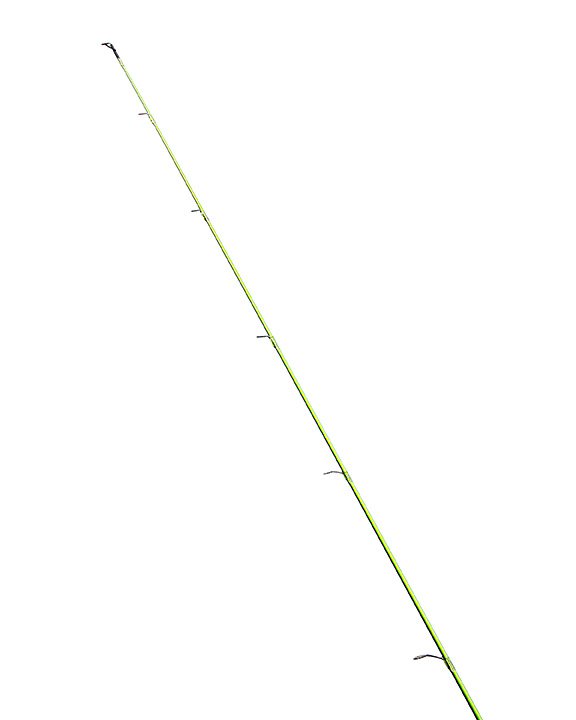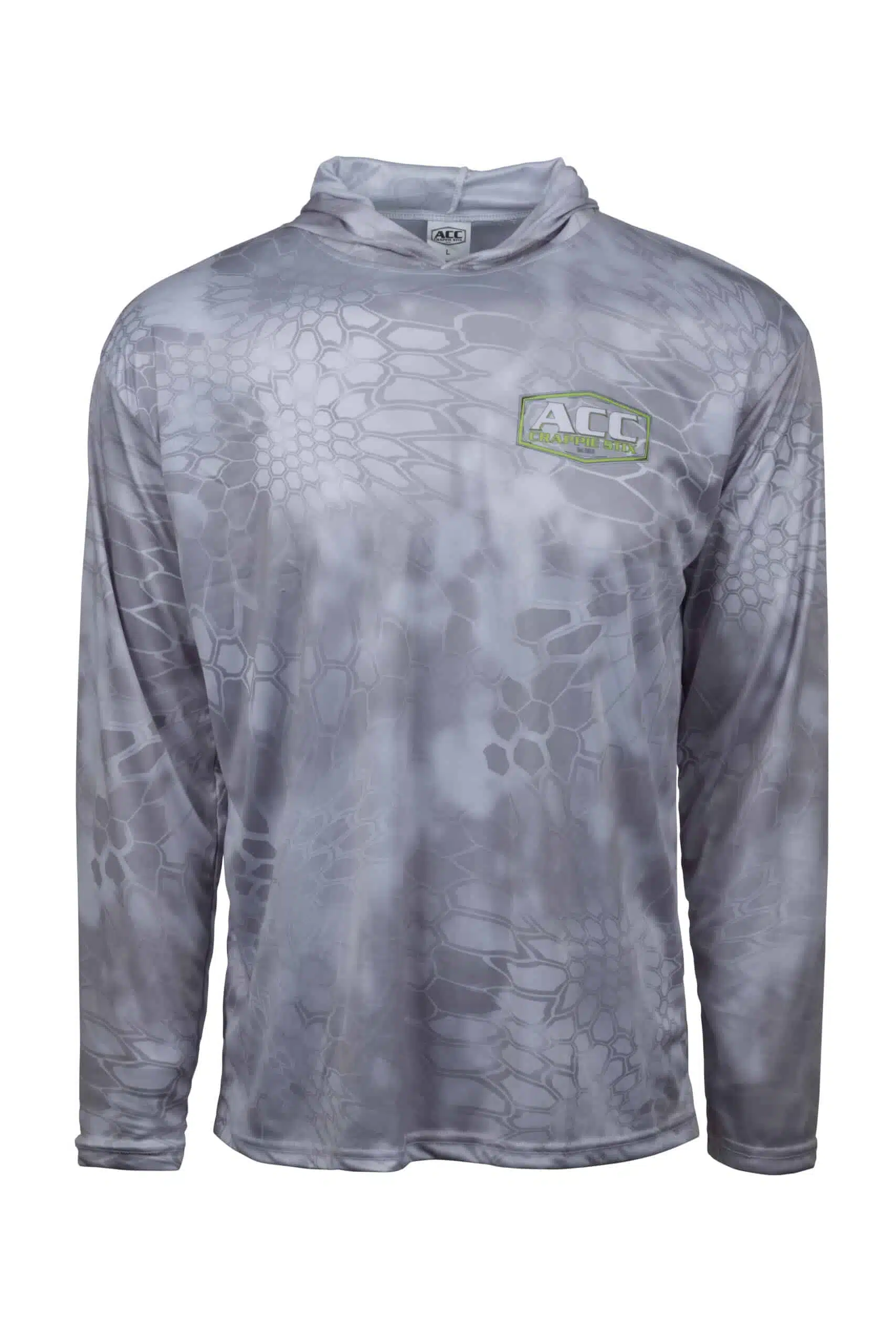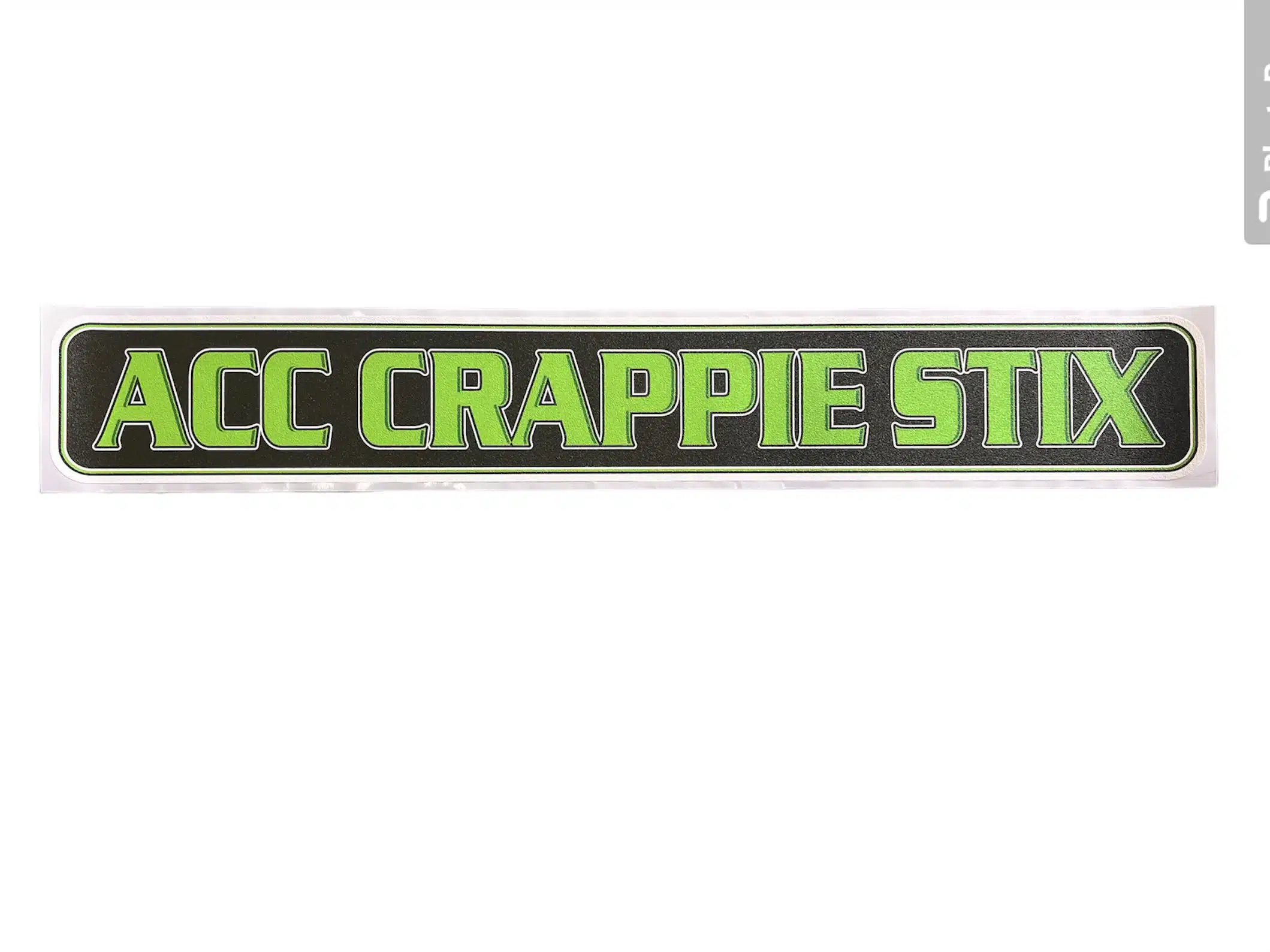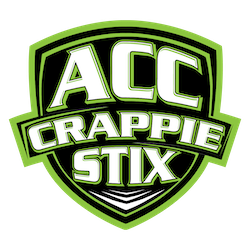5 Tips: Ledge Fishing for Crappie with Andrew Nordbye
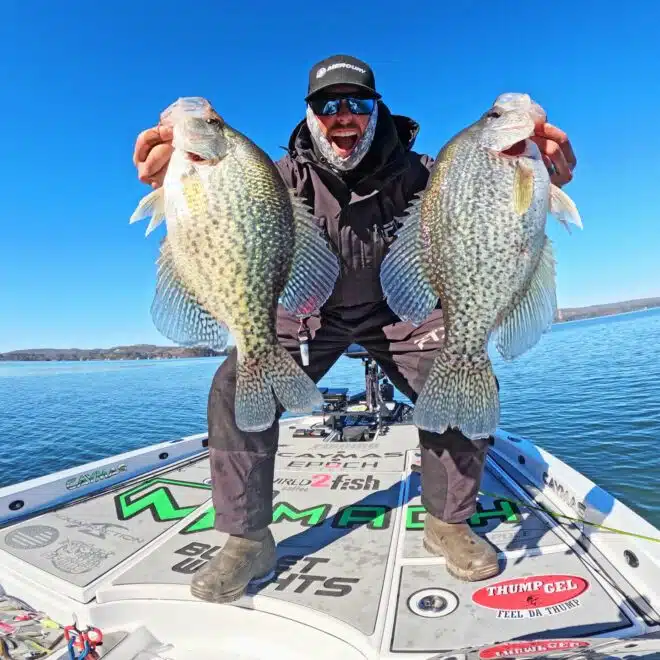
By Greg McCain
Ledge fishing is a common summertime pursuit along the Tennessee River and other big current-driven fisheries around the country.
In particular, bass fishermen line up along the main river ledges and attempt to fire up schools. But what about fishing these same ledges for crappie? How does crappie fishing on ledges come into play when big slabs orient to deeper water in the summer?
ACC Crappie Stix pro staffer, MLF bass tournament pro, and digital creator Andrew Nordbye fishes for both bass and crappie on ledges near his home on Lake Guntersville in northeast Alabama when he’s home from tournament competition. In the summertime, he finds both bass and crappie in similar locations although his approach contrasts when he pursues the two species.
“Fishing for crappie, those fish tend to be out deep in the summertime,” Andrew said. “There are both bass and crappie that stay shallow year-round in the grass on Guntersville, but I like to go for the deeper ones. There are some similarities in how they set up on a ledge, but typically they are not sitting together too much.”
Here are 5 things to know about ledge fishing for crappie:
1) Target big stumps in current. “Some of the best crappie fishing that I’ve done in the summertime is on big ole stumps on the main river edge on the drop, anywhere from 10 to 30 feet right in the middle of the current,” Andrew said. “The stumps provide a big current break, and those crappie will stack up behind them. The current will sweep baitfish right next to these stumps. The crappie don’t ever have to go or move anywhere; (the bait) comes to them. They just wait there for another bait ball for them to ambush.” Ideal current volumes are 20,000 to 30,000 fps. “You don’t want 80 or 100,000 or it will blow out a spot,” he said.
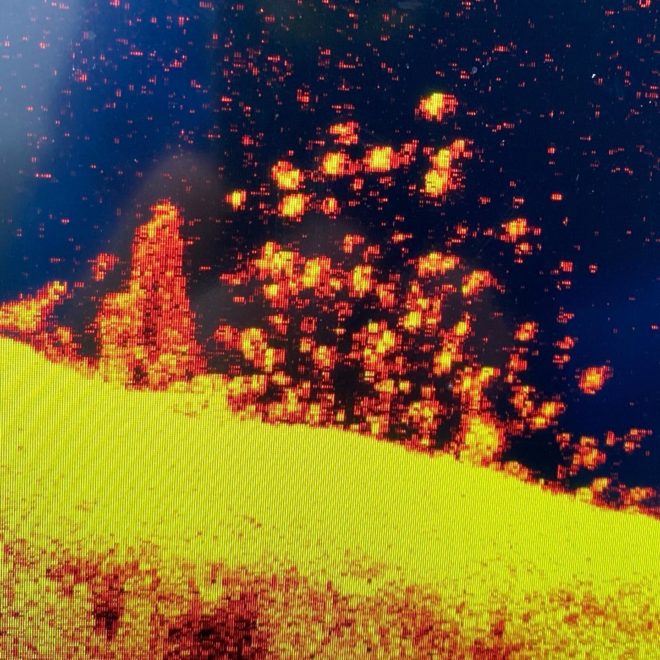
2) Drift a jig. Andrew is normally found casting a 1/16-oz. jig. If the crappie are holding on a deeper stump, he adds a small split shot up the line “to get down there a little quicker. I cast into the current and drift it as slow as I can with the current past that stump. Usually I don’t have to drop it all the way down. They will be fired up, and I usually catch one on the first cast, a big ole black crappie. White crappie are usually floating around in the creeks out of the current. I normally chase the black crappie in the summer because they form up more in the current.”
3) Catching them one at a time. “They are really smart,” Nordbye said. “Black crappie are among the most finicky fish out there. I normally catch one on the first cast, and even if there are 10 or 15 more, you can hardly catch another one. You might as well move on to the next stump. I like to have 20 to 50 stumps on a couple miles of river ledge and hopefully catch most of my limit.”
4) Targeting ‘smart’ fish. “I actually don’t think it’s the fishing pressure as much because I never see another boat on these stumps,” Nordbye said. “I’m the only one that ever fishes them. There are so many stumps on Guntersville that I have them to myself, so they are not really pressured fish. They are just smart. I don’t know why they are that smart, but they see their buddy get caught and it’s hard to catch another. I don’t know if they give off something that spooks the school. You can still see them on LiveScope. They will follow a bait after you catch one. You can change colors or do something different and possibly catch another one, but eventually they will just quit following. I haven’t figured out how to fire up a school to catch multiple fish.”
5) Gear up for crappie. Andrew’s preferred set-up for casting to crappie involves either the 7’ one-piece ACC rod or the 7-6 two-piece paired with a Lew’s Speed Spin reel. He spools with 10-lb. braid and attaches a long leader, about 20’ of 10-lb. fluorocarbon, with an Alberto knot. “That long leader really helps out if you break off,” Andrew said. “You don’t have to re-tie like you would if you were using a six-foot leader.”
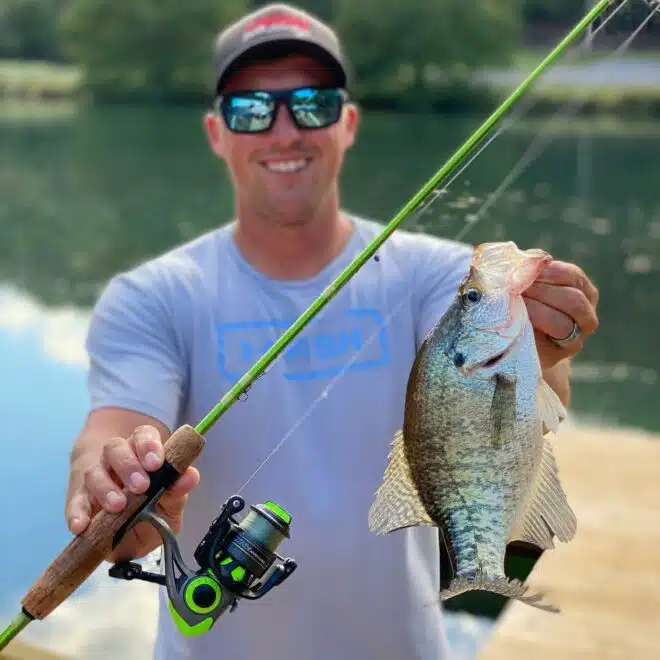
For more about fishing for bass or crappie, follow Fishing with Nordbye on Facebook or on YouTube. Many of his videos and other information can be found on his website, fishingwithnordbye.com.
